OMAN SETTING NEW HORIZONS
- THE BUZZAAR
-
Oct 31
- Share post

A Haven of Opportunities – Celebrating 54 Glorious Years
As Oman proudly celebrates its 54th National Day, the nation reflects on decades of incredible growth and advancement under visionary leadership. With deep-rooted traditions blending harmoniously with a forward-thinking approach, Oman has solidified its reputation as a beacon of stability, prosperity, and opportunity within the Middle East. Today, Oman not only celebrates its achievements but also looks to a promising future of sustainable growth and diversified development.

From the early days of His Majesty Sultan Qaboos bin Said’s reign, Oman embraced modernization while preserving its rich heritage. Through strategic investments in infrastructure, healthcare, and education, Oman has ensured a high quality of life for its citizens. The country’s majestic landscapes, historic forts, and cultural landmarks bear testimony to the harmonious coexistence of the old and new.
The Sultanate’s Vision 2040 marks a pivotal shift toward economic diversification. Emphasizing sectors like tourism, logistics, and technology, Vision 2040 aims to position Oman as a global hub of innovation and excellence. This forward-thinking vision opens up myriad opportunities for young Omanis, fueling the spirit of entrepreneurship and fostering a competitive economy ready for the demands of the 21st century. It has also attracted investors worldwide, drawn to Oman’s strategic location and favorable business environment.

Today, Oman remains steadfast in its commitment to sustainability. Through initiatives to harness renewable energy and preserve biodiversity, Oman demonstrates a deep respect for its natural resources, showcasing its dedication to a greener tomorrow. The renewable energy sector, particularly solar and wind, continues to grow, highlighting Oman’s forward-looking approach to environmental stewardship.
As Oman steps confidently into its next chapter, it stands as a beacon of hope and opportunity in the region. This National Day, Omani citizens and residents alike celebrate a legacy of progress, resilience, and unity. With boundless opportunities on the horizon, Oman’s journey forward is one that promises prosperity, peace, and a continuous elevation of its national achievements. As the world watches Oman’s ascent, the Sultanate reaffirms its place as a haven of opportunities and a proud, thriving nation.
Zero-Waste Lifestyle: Is It Possible in Today’s World?
A zero-waste lifestyle, aimed at minimizing or eliminating waste, is a compelling approach to sustainability. However, achieving it fully in today’s world presents unique challenges due to modern consumption patterns, complex supply chains, and product designs. Here’s an exploration of both the potential and the limitations of zero-waste living today.
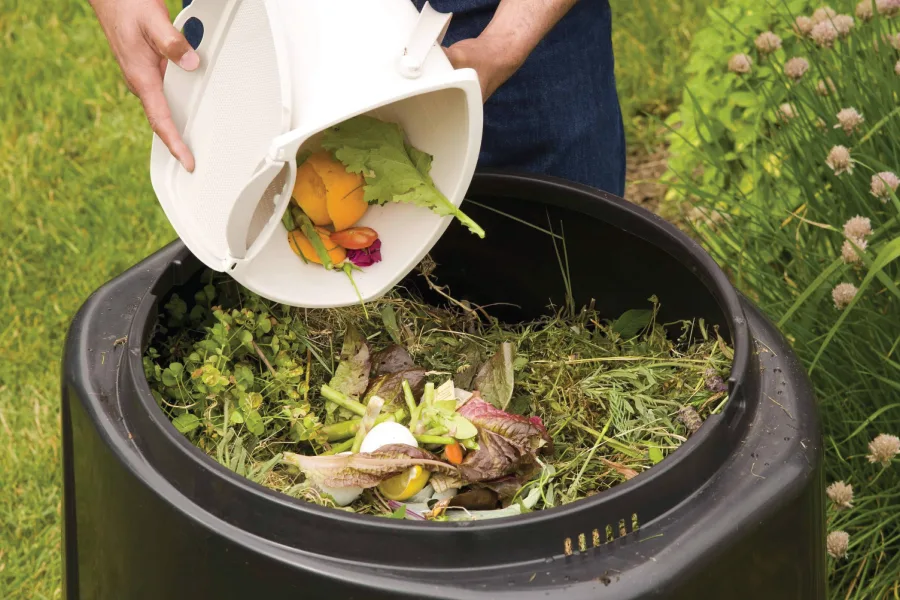
The Feasibility of Zero-Waste Living
On a personal level, many people are making strides toward zero-waste by using reusable products, composting, buying in bulk, and cutting back on consumption. This is further supported by some businesses embracing circular practices and cities enacting zero-waste policies, making sustainable choices more accessible. Community efforts such as composting programs, repair cafes, and packaging-free stores also make zero-waste living easier for those in supportive neighborhoods.
Challenges to a Zero-Waste Lifestyle
The design of many products still favors single-use convenience, with packaging that’s difficult to recycle. While some companies are actively redesigning their products, the shift toward waste-free alternatives is slow. In fast-paced modern lifestyles, convenience often leads to the use of disposable products. Even for those dedicated to reducing waste, avoiding plastic packaging or disposable items isn’t always easy. Economic factors add another layer of complexity, as zero-waste products and eco-friendly brands can come with higher costs, creating accessibility challenges. Additionally, recycling infrastructure varies greatly between regions, making consistent zero-waste efforts difficult without robust local systems.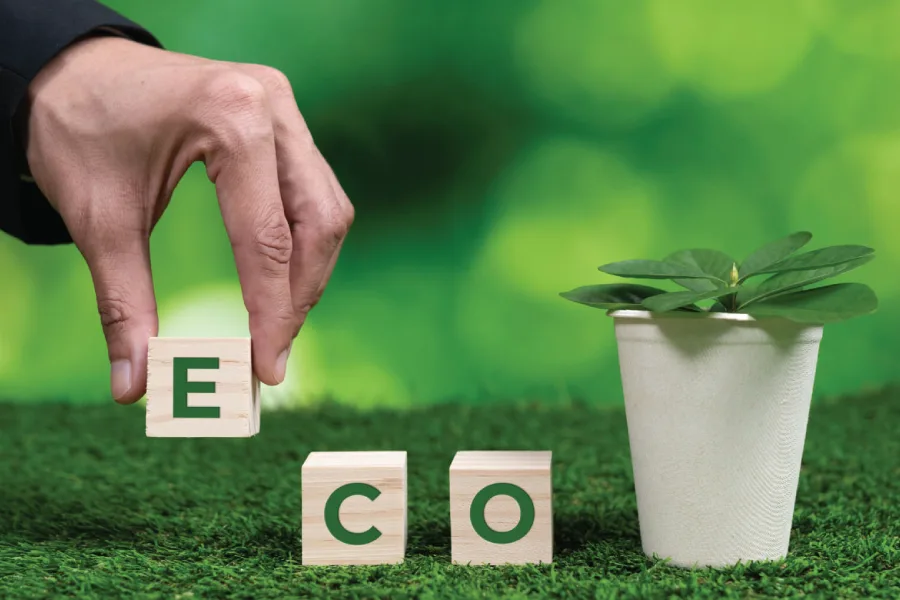
The Path Forward: “Low Waste” as a Realistic Goal
Rather than striving for absolute zero waste, adopting a “low-waste” lifestyle may be more practical and sustainable. Small, sustainable choices—like reducing disposable items, recycling, and supporting eco-friendly businesses—can still make a substantial difference. Changes in policy and industry are essential for widespread zero-waste adoption. With better waste management, sustainable production practices, and regulations that encourage recycling, zero-waste lifestyles may become more achievable over time.
In the end, while a fully zero-waste lifestyle is challenging today, adopting low-waste habits is a practical and impactful way forward. By making sustainable choices and supporting systemic changes, individuals and communities can greatly reduce waste and contribute to a more sustainable future.
From Viral Challenges to Virtual Realities: How Social Media Shapes Pop Culture in 2024
In 2024, social media continues to redefine the contours of pop culture, creating a dynamic landscape where trends emerge, evolve, and influence real-world behaviors faster than ever before. Platforms like TikTok, Instagram, and emerging apps like Threads and Lemon8 are no longer just spaces for sharing updates—they are incubators of cultural movements, fashion revolutions, and even new ways of thinking.

One of the most noticeable impacts is the rapid cycle of viral trends. Social media’s real-time sharing has significantly sped up the life cycle of trends, making them more fleeting but also more impactful. A dance challenge, a DIY beauty hack, or a new slang phrase can emerge and be seen by millions within hours, sparking instant engagement and conversation. This rapid spread is influencing everything from fashion and beauty standards to the way brands advertise and celebrities engage with fans.
Influencer culture, too, has taken on new dimensions in 2024. While established influencers still hold sway, more niche micro- and nano-influencers are gaining popularity as audiences seek authentic, relatable voices. These influencers are not just promoting products but are curating entire lifestyles that followers aspire to emulate, from wellness routines to sustainable fashion choices. This shift towards authenticity is driving brands to align with influencers who resonate deeply with their communities, making them valuable conduits of pop culture.
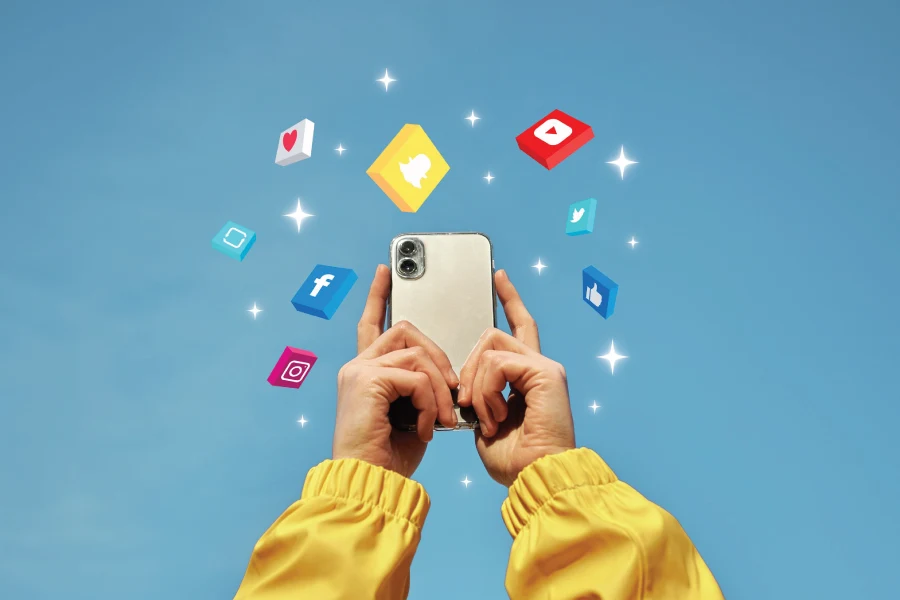
Meanwhile, AI-driven content and augmented reality are changing how we interact with digital spaces. AI filters and virtual avatars are blurring the lines between reality and digital fantasy, creating a new kind of digital self-expression that’s reshaping everything from fashion to entertainment. Virtual try-ons, AI-generated music, and even virtual concerts are becoming mainstream, bringing immersive pop culture experiences to life at the touch of a button.
Social media in 2024 is also sparking deeper cultural conversations around mental health, social justice, and environmentalism. Movements born on social platforms are challenging traditional norms and inspiring change in ways that ripple across society. With platforms constantly evolving, the future of pop culture promises to be more interactive, inclusive, and innovative than ever, as digital and physical realities intertwine, creating a new, multifaceted era of shared culture.
Turning Stress into Superpowers: How Challenges Spark Creativity
Stress, often perceived as a barrier, can be a surprising catalyst for creativity. When faced with challenges, our minds engage in problem-solving that fuels innovation. This process, known as “positive stress” or eustress, prompts us to think more dynamically, moving us beyond routine thought patterns and pushing us to find new solutions. Embracing this concept allows us to shift our perspective, transforming obstacles into opportunities to unlock hidden creativity.
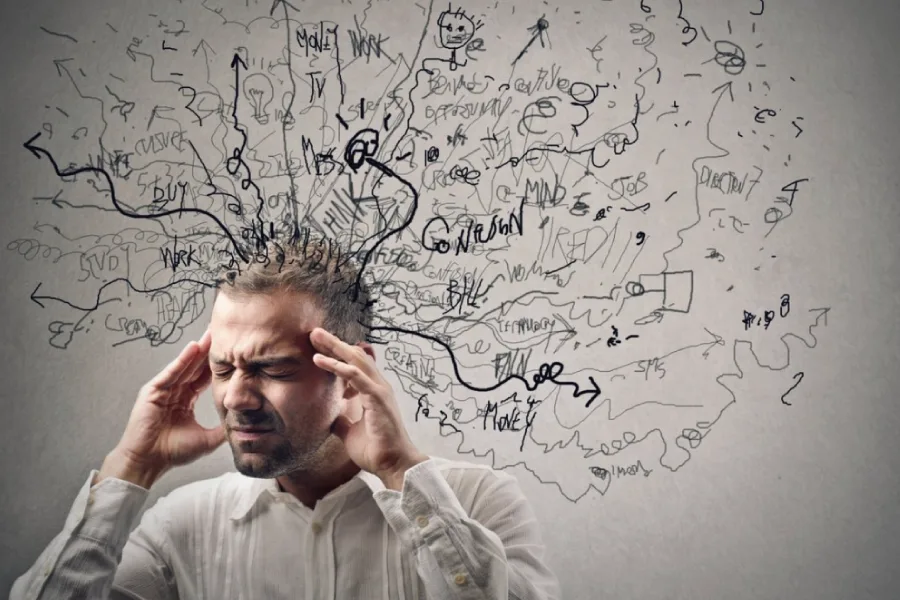
When under stress, the brain releases hormones like adrenaline and cortisol, heightening alertness and sharpening focus. This physiological response, originally meant for survival, also enhances cognitive performance in the right circumstances. When we channel this heightened state towards constructive problem-solving, it can lead to unexpected breakthroughs. Think of great innovators, such as Thomas Edison or J.K. Rowling—both faced numerous hardships but ultimately leveraged those challenges to fuel their creative achievements.
Furthermore, studies have shown that moderate stress can enhance memory formation, allowing individuals to recall solutions and strategies they might otherwise overlook. This heightened awareness can push people to consider fresh angles or approaches, allowing creativity to flourish under pressure. However, it’s crucial to distinguish between manageable stress that motivates and overwhelming stress that hinders productivity. The former can spark innovation, while the latter can lead to burnout, stifling creativity. Recognizing this balance allows people to harness stress effectively.
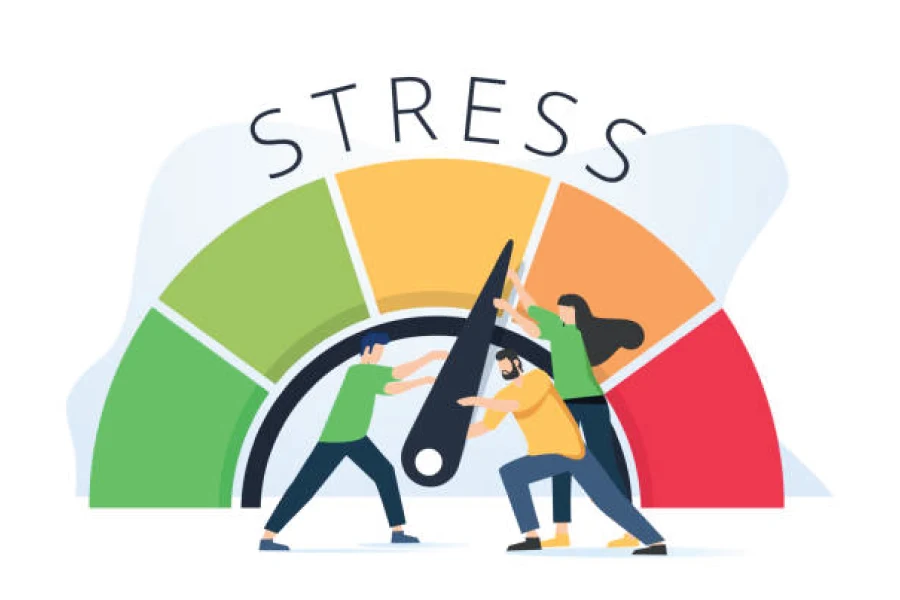
To cultivate this approach, practices like mindfulness, reflection, and setting small, attainable goals can help manage stress levels. By creating a supportive environment for stress-induced creativity, individuals and teams can foster resilience and open new avenues for growth. Next time you face a daunting challenge, remember that stress doesn’t have to be an enemy. With the right mindset, it can become a superpower, unlocking creativity and leading to unprecedented achievements.
Embracing stress as a spark for creativity transforms how we approach challenges, helping us view them as fertile ground for growth rather than obstacles. It is a powerful shift—turning stress from an obstacle into a springboard for creativity and success.
The 2024 U.S. Election and Gold Markets: Navigating Uncertainty in a Time of Change
Subheading: As the U.S. prepares for a pivotal election, gold shines brighter as a refuge amidst economic shifts and geopolitical tension. Here’s how the race for the White House is influencing market strategies and why gold might be your safest bet.

1. The Gold Standard of Uncertainty
With the 2024 U.S. presidential election heating up, gold is reaching new heights. Prices recently surged past $2,700 per ounce as investors flock to gold for stability amidst political and economic turbulence. Gold’s allure stems from its reputation as a safe haven—especially when financial markets are uncertain and central bank policies are leaning towards easing  .
2. How the Election Shapes Gold Demand
Historically, U.S. elections introduce uncertainty, especially in close races where policy directions hang in the balance. Unlike traditional assets, gold provides a buffer against market volatility and is appealing in politically charged times. With both Democratic and Republican campaigns locked in intense competition, there is broad investor consensus that gold demand will remain robust, especially if policy shifts influence inflation or global relations  .
“Gold tends to benefit when confidence in fiat currency wavers,” says Rick Kanda of The Gold Bullion Company. He emphasizes that during election years, gold becomes a hedge against unpredictable policy shifts, particularly in areas like taxation, trade, and regulatory reform .
3. Global Geopolitical Tensions Add Fuel to Gold’s Rise
Beyond the U.S. election, ongoing geopolitical flashpoints—from Middle Eastern conflict to rising U.S.-China tensions—continue to drive demand for gold. Recent hostilities in the Middle East have pushed investors to bolster their portfolios with safe-haven assets, while U.S.-China dynamics further complicate market stability. In this climate, investors view gold as a shield against escalating risks that could destabilize the global economy  .
4. Monetary Policy: The Fed’s Role in Gold’s Surge
The Federal Reserve’s current stance is also impacting gold prices. With inflation still a concern, the Fed has recently adopted a more dovish approach, cutting interest rates, which has weakened the dollar. A weaker dollar generally makes gold more attractive globally as it costs less in other currencies. As the Fed indicates more potential rate cuts, gold could continue its upward trend, with some projections suggesting it may reach $3,000 per ounce in 2025 if these conditions persist  .
5. Outlook for Gold in a Post-Election Economy
Regardless of which party wins, the economic policies rolled out post-election will be critical for gold markets. If inflation rises due to increased spending or if geopolitical tensions worsen, gold demand is likely to remain strong. Conversely, if the new administration manages to stabilize economic policies without drastic shifts, we may see some price correction. However, many experts argue that gold is well-positioned to maintain higher values as a preferred asset in an era marked by prolonged global instability .
Conclusion: Gold’s Resilience in an Unpredictable Market
For investors, the upcoming U.S. election is a reminder of gold’s enduring appeal as a store of value. As we approach November 2024, the convergence of economic policy uncertainty and global tensions paints a favorable outlook for gold. Whether driven by political strategies, economic decisions, or global events, gold’s resilience makes it an asset to watch in the months to come.


